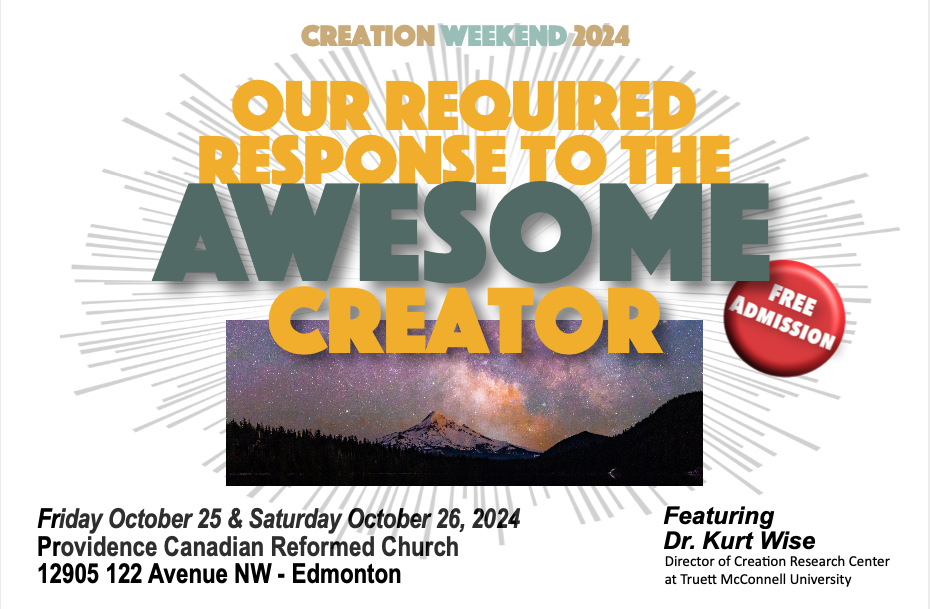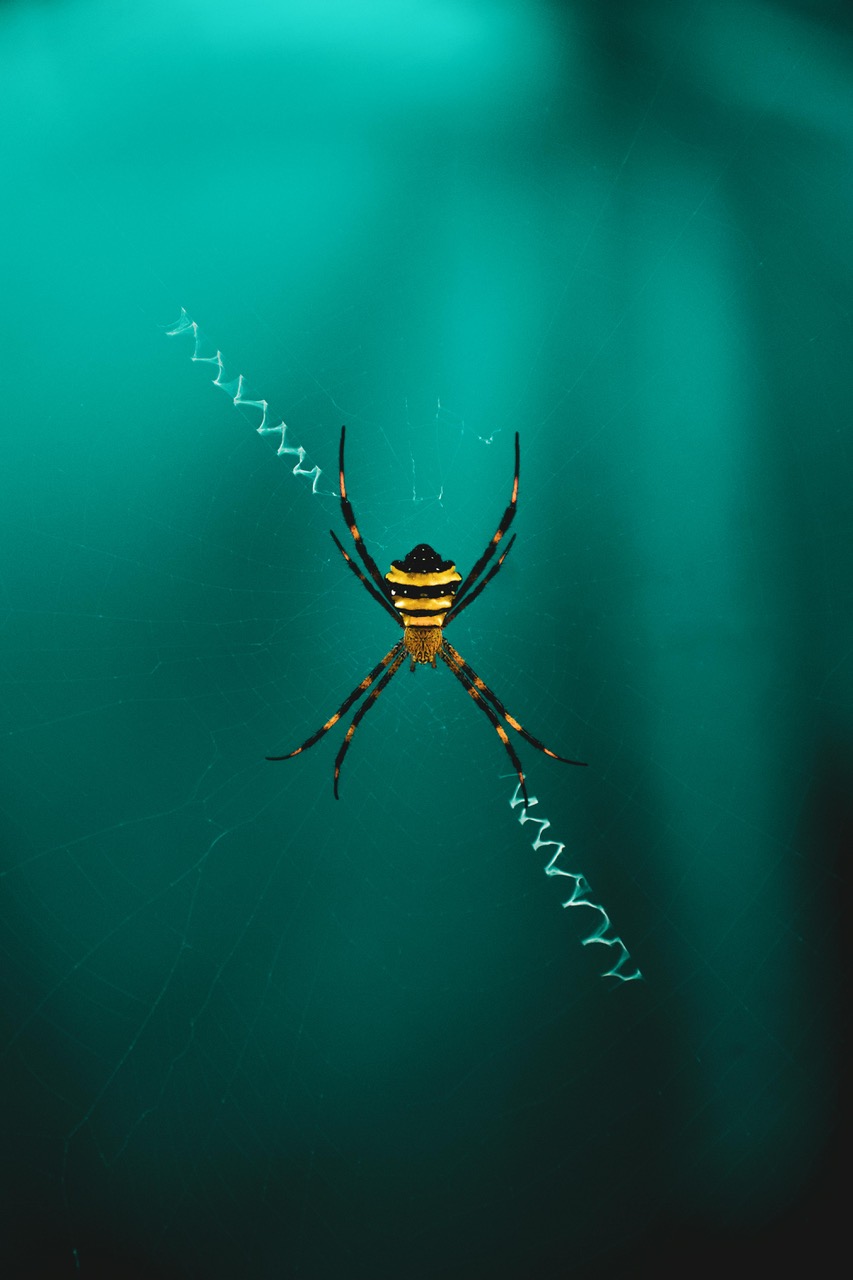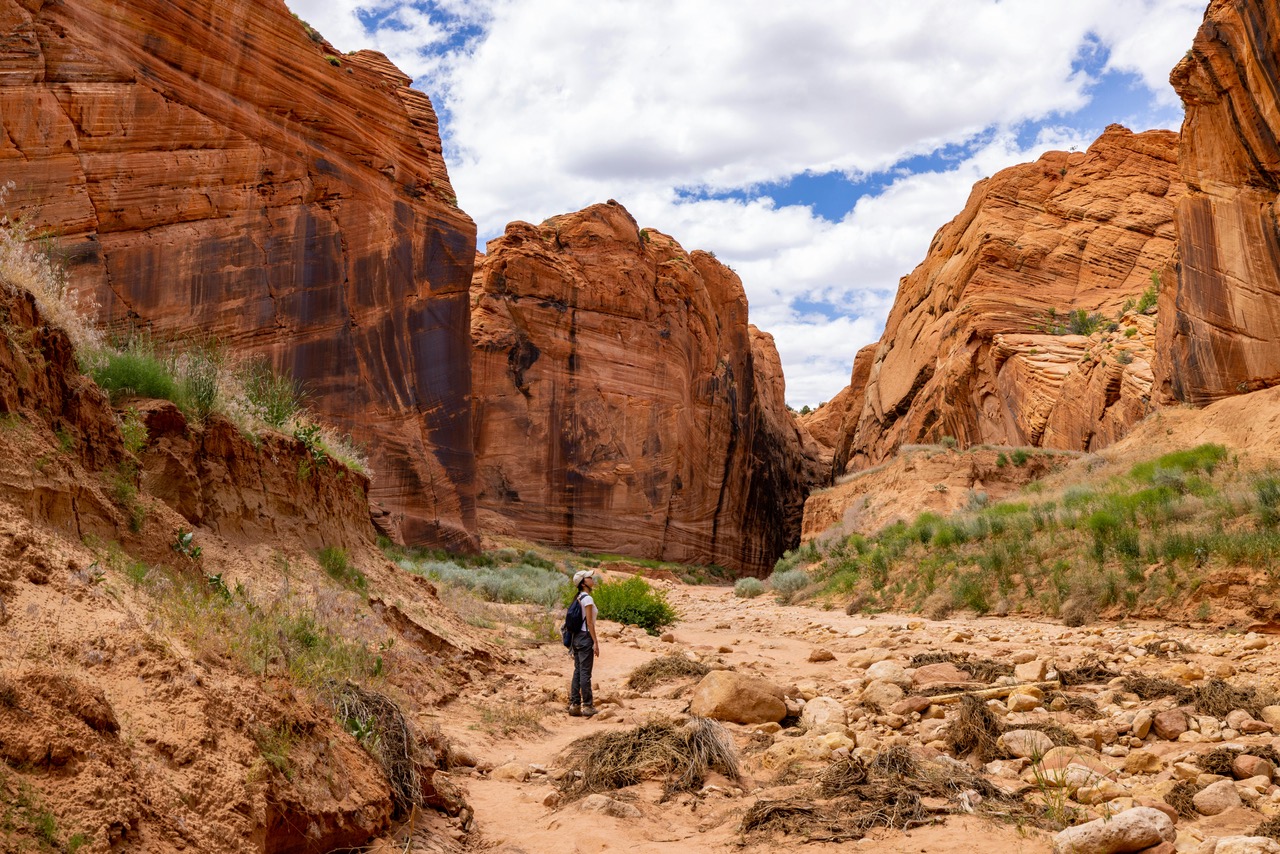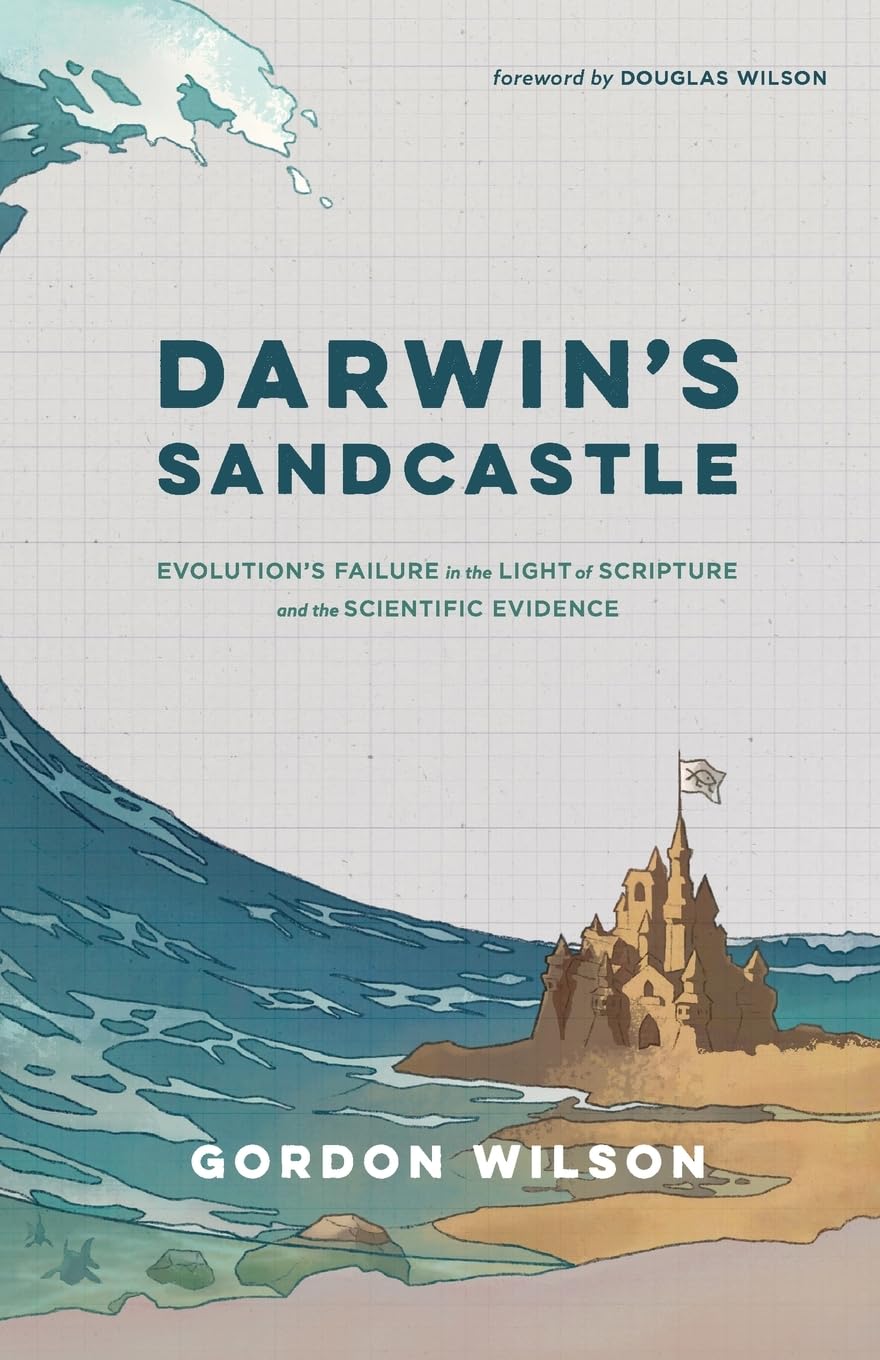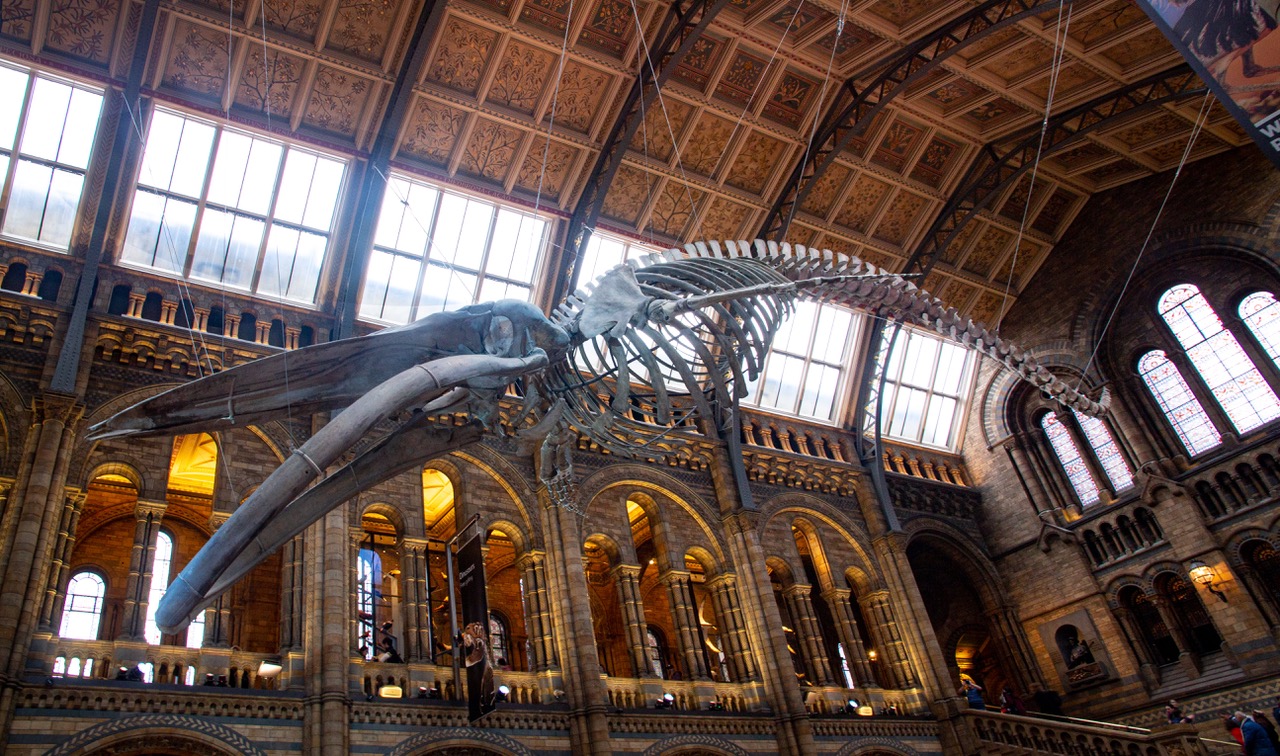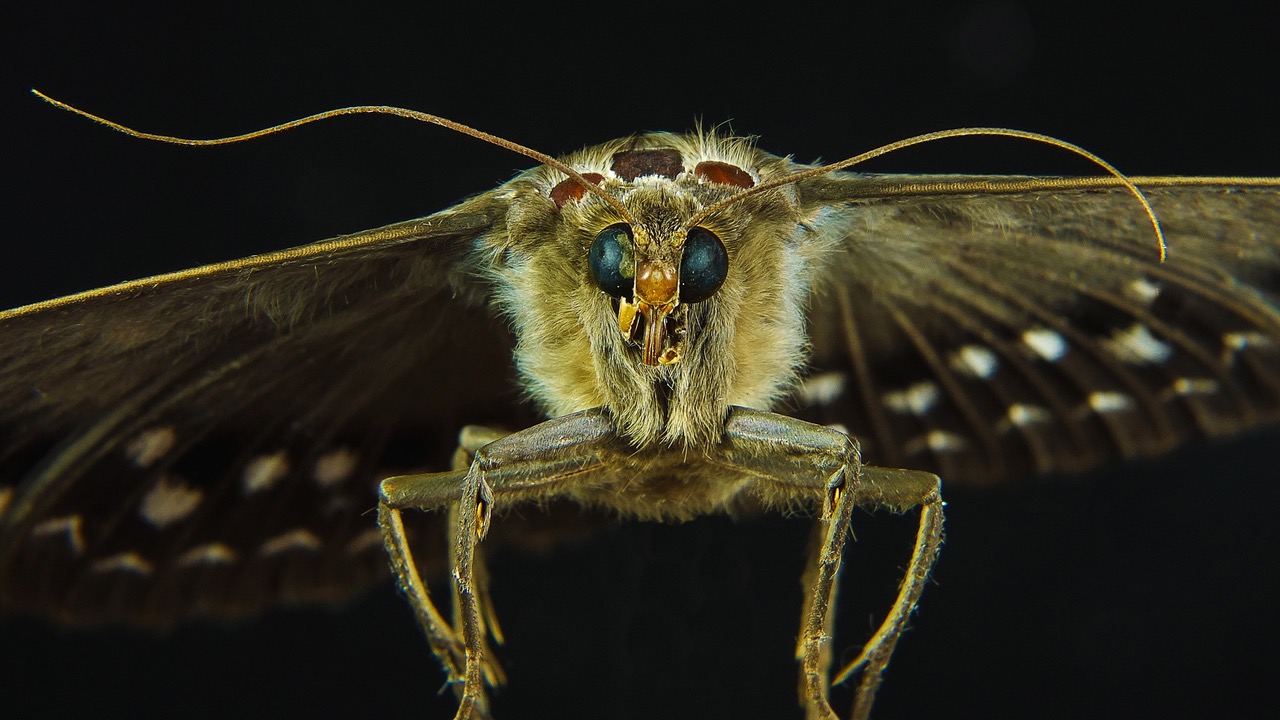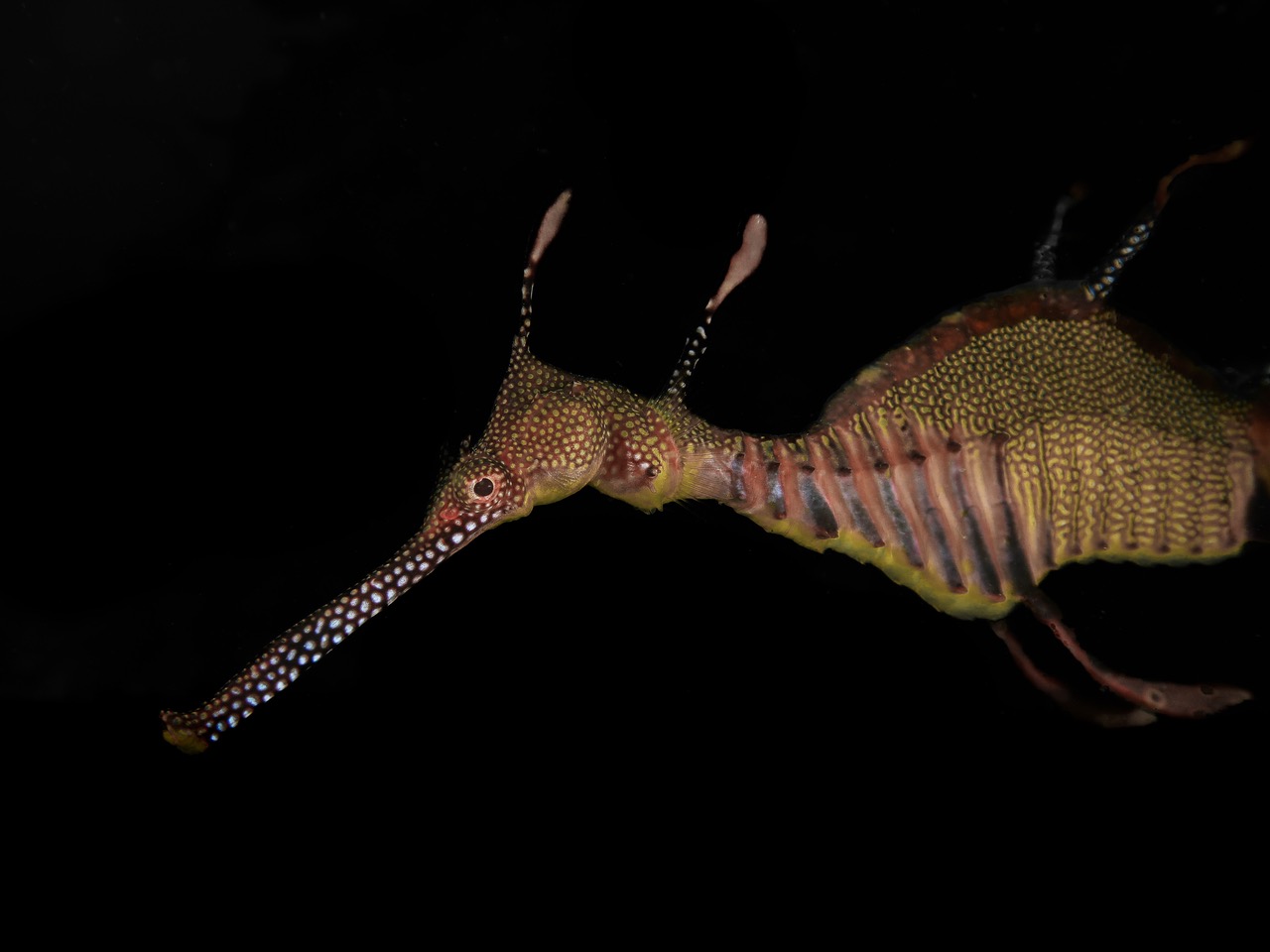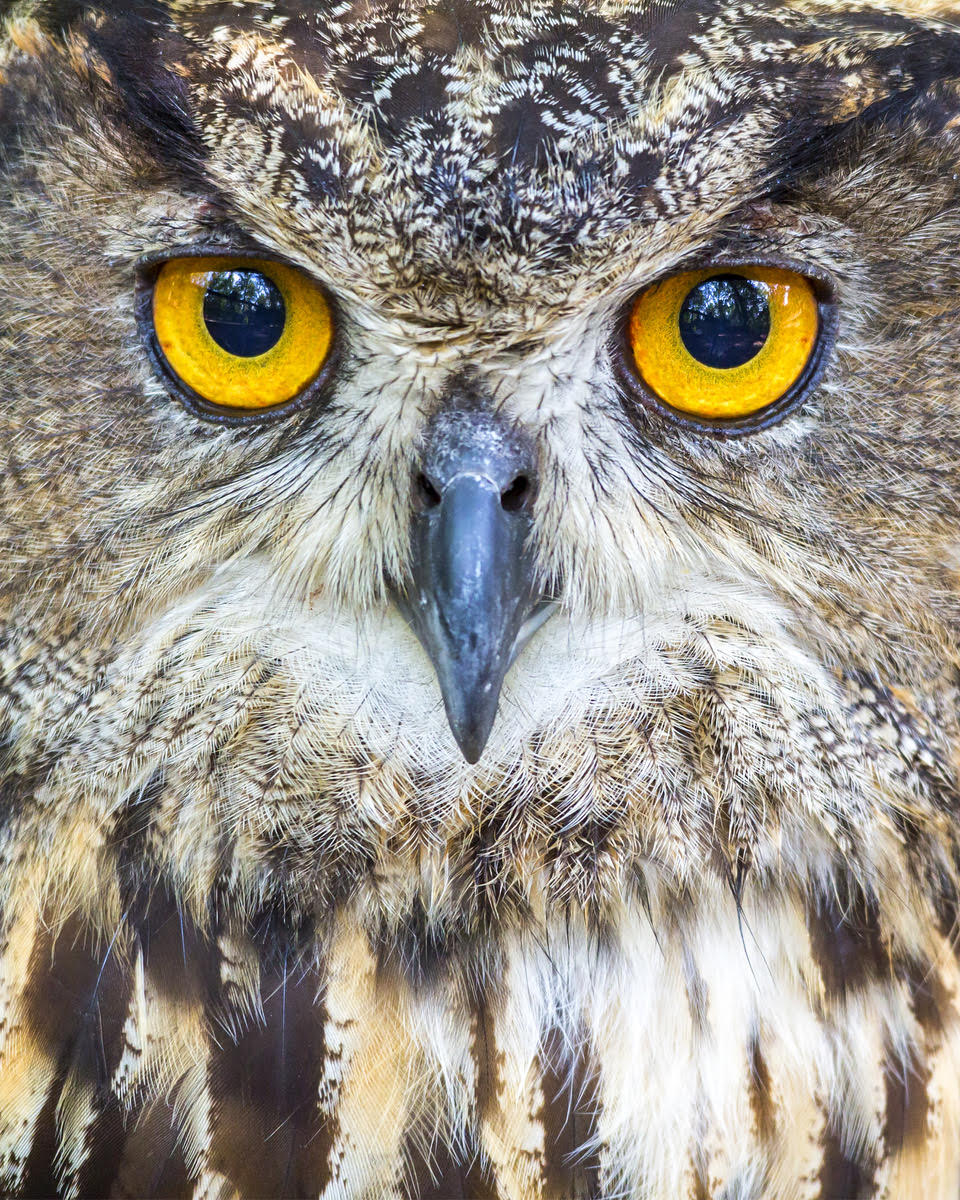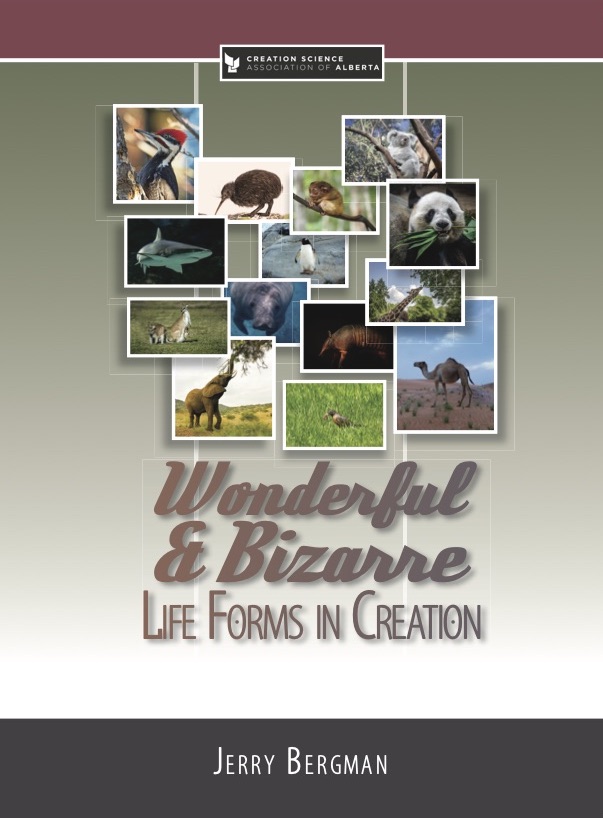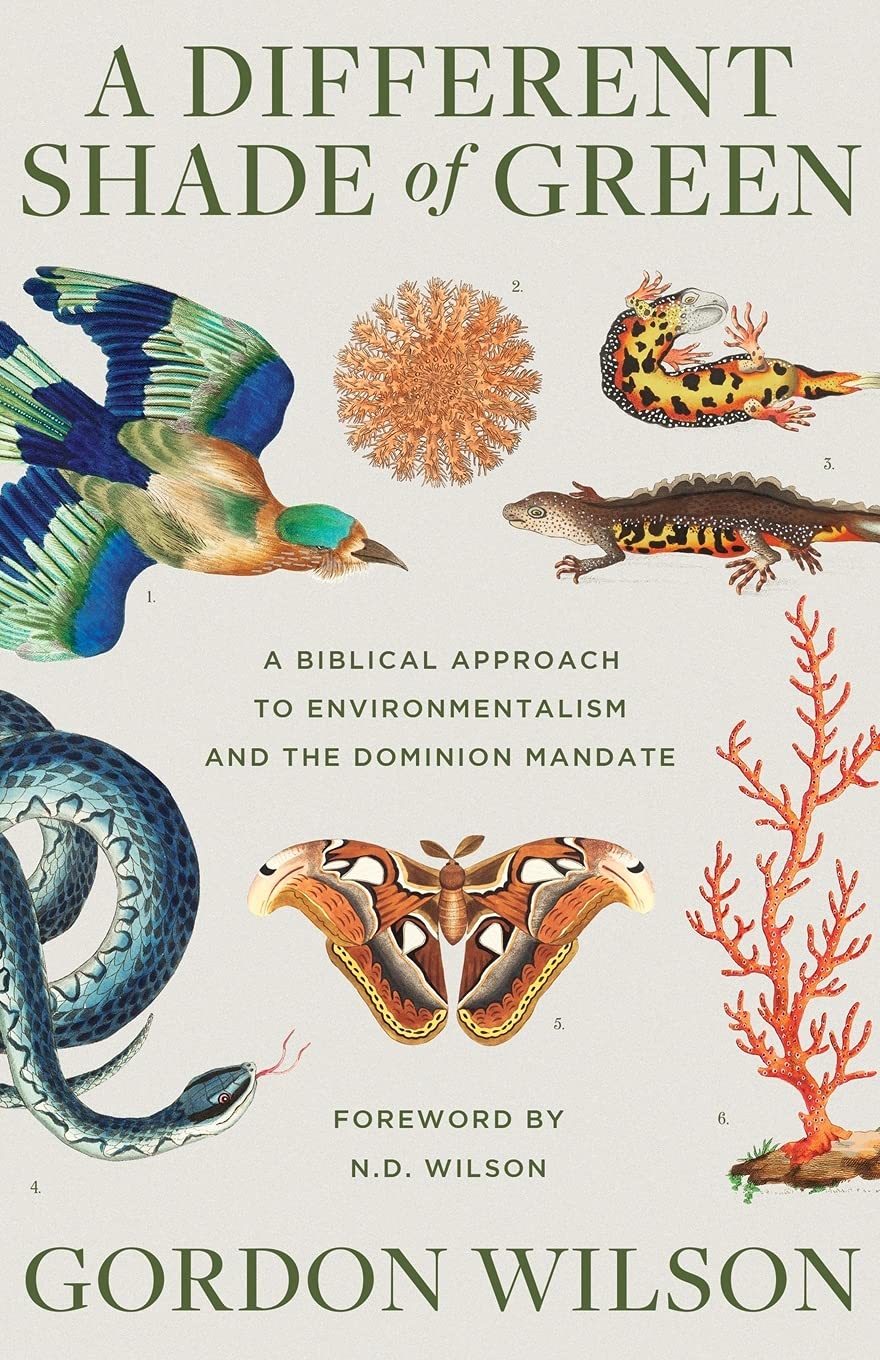Articles » Design
For many years, in sponsoring Creation Weekend, our local association (CSAA or Creation Science Association of Alberta) has provided inspiration and information to audiences of all ages. The benefit from these weekends is training on how to be informed and enthusiastic, able to enjoy the insights that we hear, and to share those with others.
Read the rest of this entry »Many people are afraid of spiders, but they are excellent examples of God’s engineering design in nature, especially in the production and use of their silk. Spider silk starts as a “liquid crystal”—a highly concentrated water-based solution containing rod-shaped molecules. This means it both flows like a liquid and has its molecules oriented and ordered like a crystal. The silk solution is produced and stored in a group of silk glands until it is drawn out through the silk ducts for use. Evolutionists cannot decide whether the liquid crystal structure is an “accident of Nature” or a necessary requirement, but they think it may help to control crystallization. If the silk crystallized prematurely, it would block the ducts and kill the spider. (De Luca & Rey) Creationists would call it a design feature.
Read the rest of this entry »Suppose you were to discover something new, maybe a piece of art, or a delicious dessert, a new book, a piece of furniture or even a building. One of the first things you might want to know is, who made it? It has been ever thus. Even ancient peoples noticed and made observations concerning what they saw around them. And they reflected on these issues. They studied the motions of the stars (and planets), the seasons and weather, and even plants and animals. For example, the prophet Isaiah wrote concerning God: “I made the earth and created man on it, it was my hands that stretched out the heavens, and I commanded all their host.” Other ancient peoples attributed natural phenomoena to terrible pagan gods, never to the one true and benevolent God. For example in Psalm 96: 5-6 we read “For all the gods of the peoples are worthless idols, but the Lord made the heavens. Splendor and majesty are before him; strength and beauty are in his sanctuary.”
Read the rest of this entry »Book Review by Margaret Helder
Dr. Gordon Wilson has written a nice new book, Darwin’s Sandcastle, for Christians who are not scientists but who desire to be informed, but not burdened with details concerning science and origins. Such people understand that they need to keep mentally alert concerning their worldview. This means not shutting themselves off from important topics like the foundations of Christian doctrine and history. The objective of many Christians therefore is to share their worldview with others and not become bowled over by contrary views. While most people do not specialize in science, they can at least familiarize themselves with the basic issues.
Read the rest of this entry » Order Online“Strange is this little creature, because the whole organisation of his body is extraordinary and strange and because his external appearance, at the first sight, has the closest similarity to a little bear. This also led me to give him the name little water bear” (cited in Greven 2015).
Read the rest of this entry »Dinosaurs are such showy, dramatic creatures, and their fossils are found in such variety that they have naturally attracted a lot of attention from scientists and the public alike. The question “where did they come from?” has attracted a lot of attention from specialists who seek an evolutionary answer. Nevertheless, a recent article on the topic remarks that relationships (lines of evolutionary descent) between the major groups of dinosaurs have historically been uncertain. Why would that be? Have we seen any improvement in this situation with new analyses? [David Cerny and Ashley L. Simonoff. 2023. Statistical evaluation of character support reveals the instability of higher-level dinosaur phylogeny. Nature https://doi.org/10.1038/s41598-023-35784-3 (2023) 13:9273 open access]
Read the rest of this entry »I started writing this on the Friday of the May long weekend. The wildfire smoke from northern Alberta was still reducing the visibility in Calgary, but I couldn’t smell it that morning. It wasn’t thick and dark like it was a couple of days earlier. On a clear day, I can see our 40 statutory miles (SM) visibility marker, the Rocky Mountains, but on that morning, the visibility was 5 SM. Weather observations are generally made in miles (for visibility) and feet (for cloud height) rather than metric. Visibility of 6 SM or less means I have to enter an obstruction to visibility in my observations (OBS) as well as put it in the weather duration in the Human Weather Observing System (HWOS). If the visibility drops below 3 SM, I have to send an extra OBS called a SPECI. The regular hourly OBS are called METARs. I called the obstruction, haze, that morning because I didn’t smell smoke.
Read the rest of this entry »Insects! Some people give them a wide berth on principle. Nasty, creepy, crawly flying things! Even the magnificent giant moths elicit only screams from some people. But the insects under discussion are guaranteed to cause no such sensation. Initial disbelief, amazement, titillation and delight are the sensations to be expected from an encounter with these exotic “bugs”.
Among the insects, at least 800,000 species have been described. One would expect plenty of variety in life-style and shape within a class this big. Indeed, this is the case. Articles on insects are always well illustrated with exotic beetles, flies and butterflies. Among these, cicadas represent an insect family which is seldom discussed on the prairies for the simple reason they do not live there. But in eastern and central Canada and in the United States (except the northwest quarter of the country) summers in woodlands reverberate with the loud clatter, clatter of male cicadas’ courtship calls.
Read the rest of this entry »When we reflect on wonderful works of creation, our thoughts often turn to beautiful creatures like hummingbirds and butterflies. Most people do not think firstly about such issues as the electromagnetic spectrum of energy including x-rays, visible light and radiowaves. One great scientist who saw the beauty of creation in such phenomena was James Clerk Maxwell (1831-1879). He was a physicist, the first professor of experimental physics at the Cavendish Laboratory at Cambridge University. Over the main entrance to the building, this physicist directed that Psalm 111:2 be carved in Latin: Magna opera Domini, exquisita in omnes voluntates ejus.” The English translation is “Great are the works of the Lord, studied by all who delight in them.” (ESV) When he studied these physical phenomena, Maxwell saw that they had been wonderfully designed and created by God. According to the Cambridge Dictionary of Scientists (2002) Maxwell’s summary of electromagnetism in the form of field equations is “an achievement equalled only by that of Newton and Einstein in mechanicsl” (p. 246)
Read the rest of this entry »Sea dragons (or seadragons) have long had the honor of being on the list of ugliest animals on Earth. The foot-long (from 30-to-45 centimeters) sea dragons, although classified as a fish, look like no fish an ichthyologist has ever seen. They look more like large worms with leaf appendices, a design that has baffled taxonomists and evolutionists alike ever since they were discovered over 200 years ago. This has been a major problem in not only classification, but in producing a plausible evolutionary tree. They do not fit into the category of insects and other water life, so, by default, they are classified as fish. The reason for this classification is they spend their life in water, have fin-like structures like fish to help them move, their young hatch from eggs, and they breathe by gills.[1] Aside from these traits they are very unlike fish.
Read the rest of this entry »As a perfect companion was created for man, namely woman, so too was a perfect companion created for both men and women. That companion was the dog. A study of dogs’ design, temperament, variety, and personality shows they were created specifically to be companions, helpmates, and servants for humans. No other animal is even close that meets these many requirements.
That God made the perfect companion for both men and women, namely the dog, humans agree. In the United States, 77 million dogs live; 1.6 per household. From 2018 to 2020, the Canadian dog population grew from 7.6 million to 7.7 million. In the entire world, the number of dogs is close to a billion! Dogs are so loved that their passing evokes more emotional responses than any other animal, often more than even the death of a close relative (Bova, 2022). The fact is “for many modern dogs, social bonding is vital to their individual well-being” as it is for ours (Morey,1994, p. 346). Dogs were genetically programmed to have unconditional love for their human master. They will fiercely protect their master and at the same time also show great affection for him or her. Dogs are loyal, trainable and able to work very hard from sun up to sun down.
Read the rest of this entry »In high school biology courses, it soon became apparent to Angie that among her fellow Christians, there was a diversity of opinions about origins. So, she consulted the HeadStart program about the impact of world views on the relationship between faith and science. She read information on the gap theory, the day age theory, the framework hypothesis, theistic evolution, neo-Darwinism, methodological naturalism, intelligent design and creation. Now she better appreciates why this whole website is devoted to creation.
Read the rest of this entry »I remember one beautiful summer day when our family decided to hike in a local wetland (marsh). As they scampered along, the children were very taken by yellow snapdragon-like flowers projecting above the water surface. Was this somebody’s idea of a joke? Who planted garden flowers under water? This plant however is anything but humorous. Its purpose is to trap and digest small aquatic organisms like water fleas, mosquito wrigglers, tiny worms or anything that is the right size and moves.
Read the rest of this entry »HeadStart is a completely new tool available for high school students and their teachers (and postsecondary students). Written and developed by the Creation Science Association of Alberta, this tool is free and easily accessed. Check it out at www.create.ab.ca/headstart
Many people recognize that it is a privilege to learn about God, the Creator and his Creation. That is why, besides observing the natural environment in which we find ourselves, it is a pleasure to go beyond mere observations to discover how things work and why. Most young people undertake to study some science, at least at the high school level. But there is a problem, most programs of study include a lot of evolutionary concepts that point away from God and his work. Even seemingly innocent terms like microevolution, convergence, nucleus, fossil record and plant biology are loaded with evolutionary concepts. However, these phenomena themselves actually point overwhelmingly to the work of God, the Creator as described in Genesis and throughout the Bible. It was to communicate this message, that HeadStart was developed.
Read the rest of this entry »Owls, although birds, are unique compared to other airborne avians. Called the greatest hunters, they are one of the rare bird species that regularly hunt at night.[i] They also have eyes that face forward rather than being located on the sides of their head like most other birds. Also, unlike most other birds, when not flying, owls sit straight up supported by their two legs. Many of the bones that are separated in mammals are fused together in owls, making them strong enough to support their weight when on the ground. They also have large, broad heads surrounded by a collection of feathers around the eyes. Called a “facial disc”, it functions like a satellite dish to amplify sound.[ii] The facial disc is their distinctive trait, possessed by all owls but by no other bird. Also, in contrast to most birds, they do quite well in very diverse habitats, from deserts to forests and even in locations near the arctic, where they are appropriately named snowy owls.[iii] They are also critically important in keeping the rodent population, especially rats, under control.[iv]
Read the rest of this entry »

